One topic that I’ve talked about a few times on EDIWTB is how writers write about people in their lives, in particular their families. I always wonder how difficult it is to create characters that don’t resemble the people in one’s life, or, in the alternative, to write about those closest to you without offending them.
I came across a post today by Rachel Pastan, author of Lady and the Snakes (discussed here), on one of my favorite parenting blogs, Babble’s Bad Parent blog. In the post, she discusses writing about her daughter, as well as being written about by her mother, a poet, when she was a little girl. Here’s an excerpt:
How bored I was in those early months and years of my daughter’s life! More bored than I could have imagined back when I was a teenager and my mother wrote that poem about my boredom. I had longed for this baby — I adored this baby — but who knew a day could be as endless as the days we spent together? And she never slept. And she wanted to be held every moment. Just as I had when I was younger, I wondered, When will my life be my own?
These were the questions, miseries, joys, and struggles that I built into the novel I started to write a few years later, Lady of the Snakes. In it, a young professor of nineteenth-century Russian literature struggles to find some way to do her work and to raise her daughter, not to mention keep her marriage intact. Caught between passion for her work and love for her family, Jane is fascinated by the life of a nineteenth-century Russian woman whose life, though very different from Jane’s own, was defined by the same essential problem: Do we give ourselves up when we become mothers? Do we lose our right to follow our passions? And what is the cost of a such a relinquishment? All my ambivalence, exhaustion, boredom, despair: I wrapped it up in language and bestowed it on Jane.
"Knit two, purl two, / I make of small boredoms / a fabric / to keep you warm," my mother had written years before, when I was small, in "To A Daughter." Now I wrote, "The days dragged on, hour after tedious hour, watching Maisie like watching grass grow." And, "Nothing was ever sweeter than holding her daughter, except for all the times Jane longed to put her down."
This year, when the book came out at last, my precious, precocious, now-thirteen-year-old asked if she could read it. "Sure," I said.
A while later she came back into the room looking troubled.
"These feelings Jane has about Maisie," she asked, "were they your feelings?"
My instinct was to lie to her. But she’s too old to lie to, and besides, one day she may have children of her own.
"Yes," I said, and we waited together in the sunny living room while she took that in.
Not, Is that baby me? but Is that mother you? I saw then, for the first time, that they were the same question. If the mother was me, then the baby was her by definition. How laughable my efforts to keep the real and fictional babies separate! So they didn’t have the same color hair; who did I think I was fooling? Not to mention that, like my own daughter, Maisie hated being put down in the bassinet, or that she got that scary respiratory virus at two-and-a-half, or . . .
But enough. You get the point. I did it after all; I exploited my child for art. And how I could not? And wouldn’t I do it all over again?
I write about my daughters every day on a different blog. They’re only four, and they don’t really understand what a blog is (although tonight one of them told me not to "write on the blog tonight" because she wanted me to eat dinner instead). I do wonder whether they will someday be unhappy about the blog posts I’ve already written, or when they will become self-aware enough to ask me to stop blogging about them. Until then, I will keep writing.

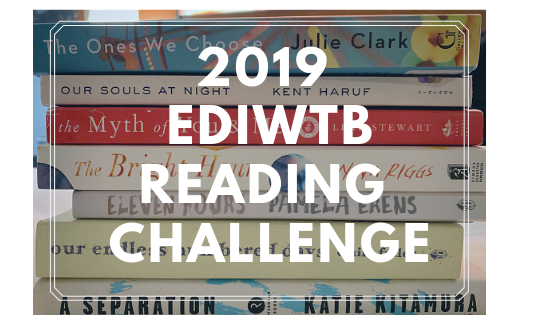
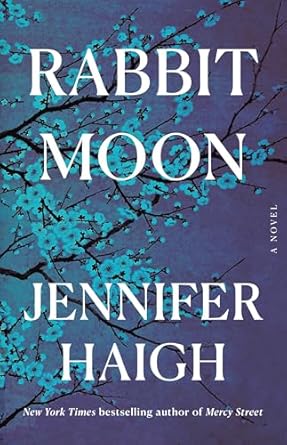
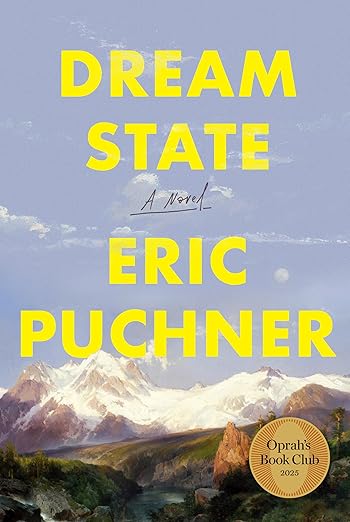
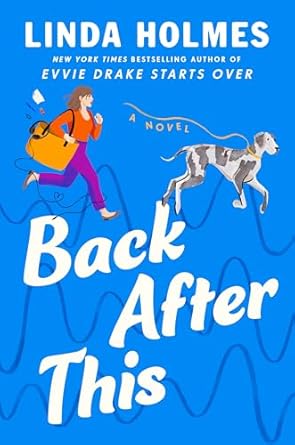
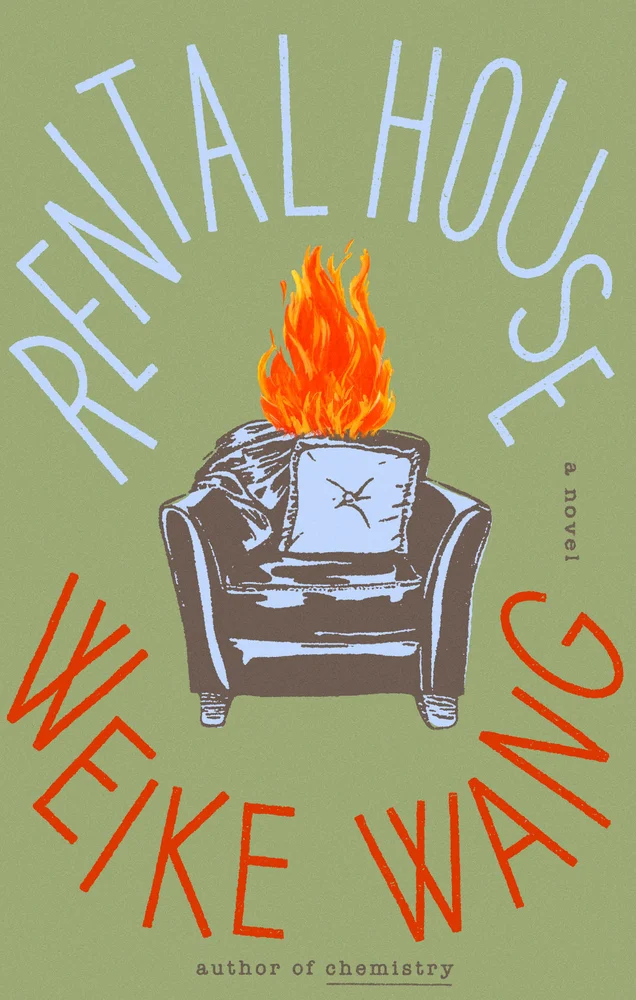
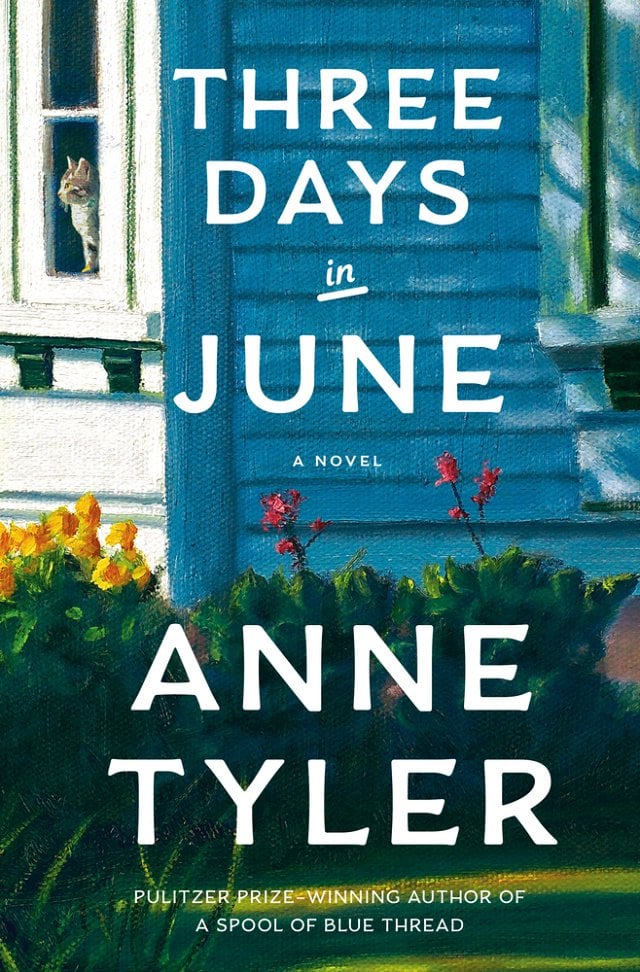
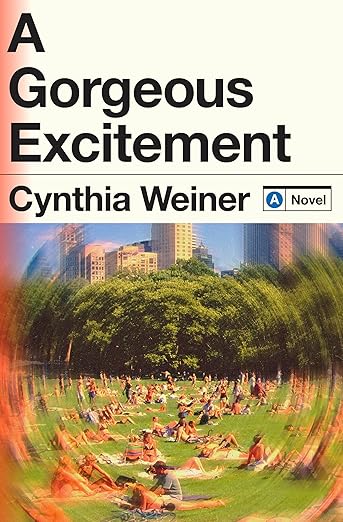

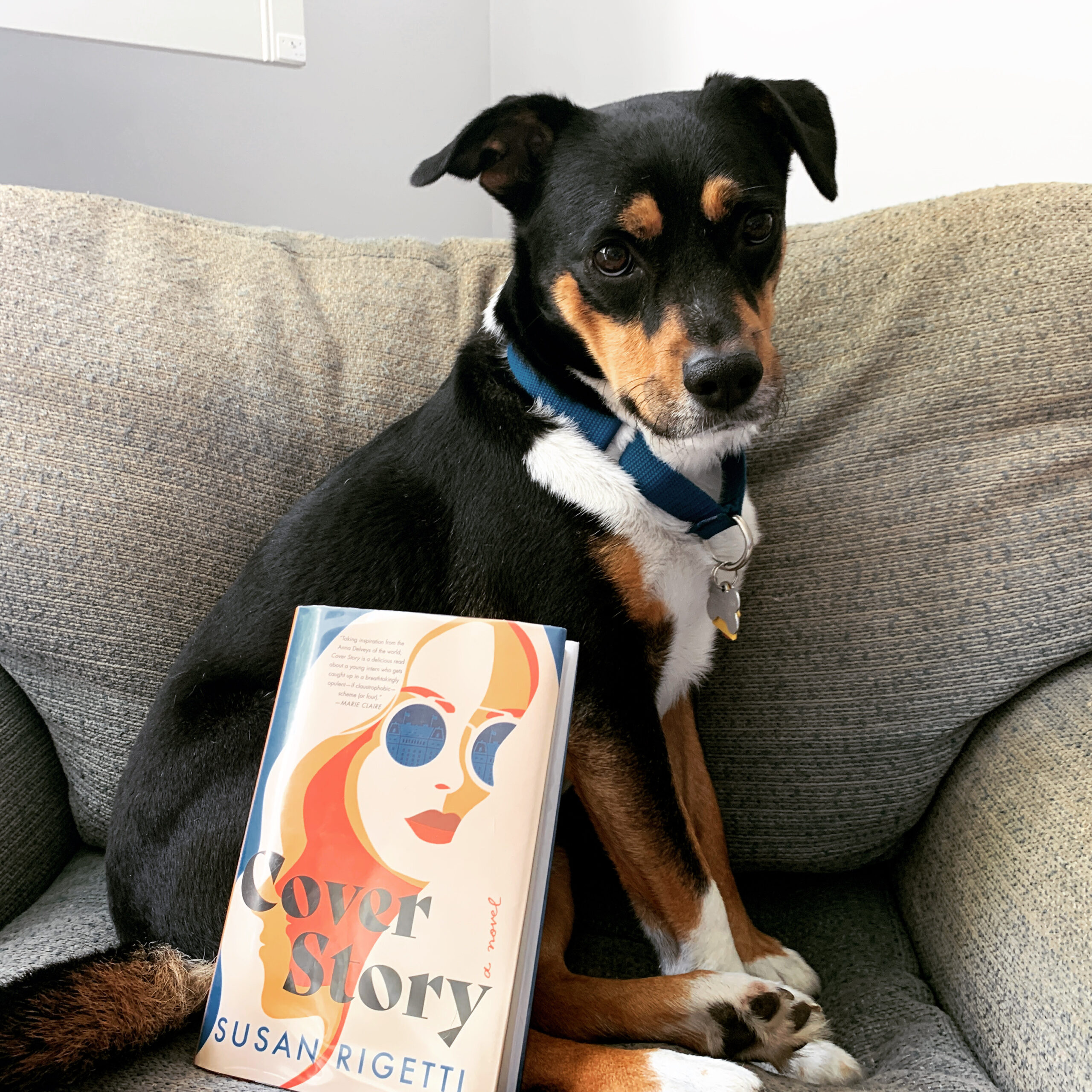
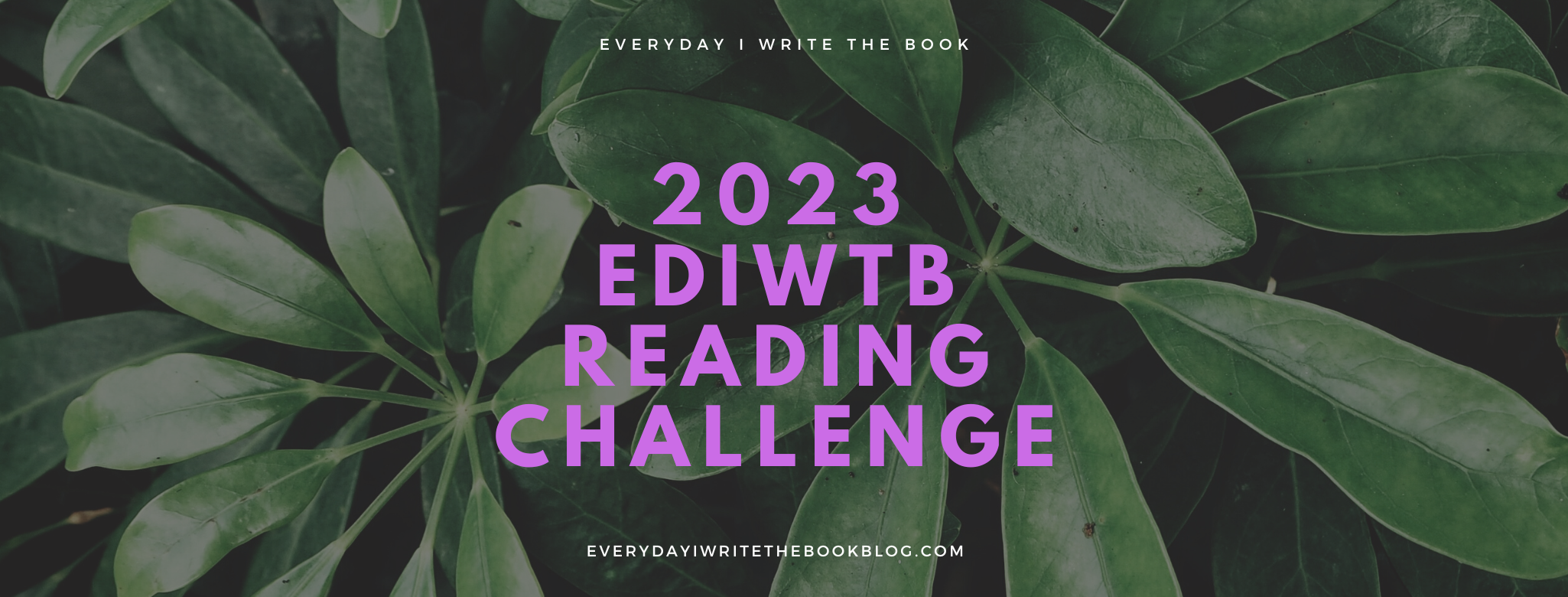
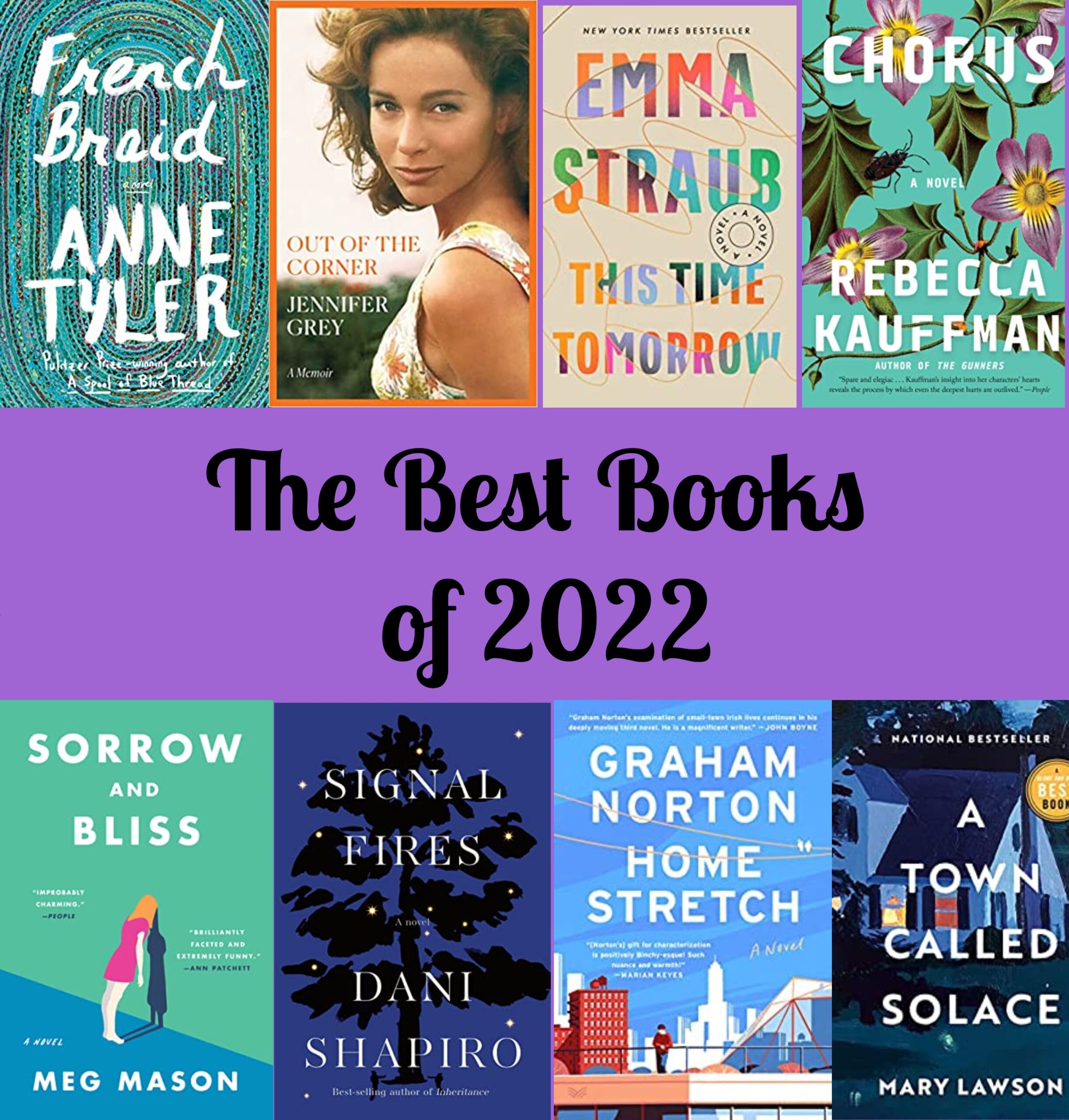
About Me
I have been blogging about books here at Everyday I Write the Book since 2006. I love to read, and I love to talk about books and what other people are reading.